Choosing the right floor is such an important decision because it is a big investment that will last for many years, if not a lifetime. In addition, it’s the foundation of a space’s design. It not only has to work with an individual’s style but also match the lifestyle.
Selecting the color of the flooring shouldn’t be taken lightly. Combined with the walls and the ceiling, it will be the backdrop and the canvas of the entire space. The overall features of the floor will be crucial in complementing furniture and other details
Several factors might be considered when trying to settle on a floor that best suits an individual. Here are some of them:
- Durability
- Appearance
- Smoothness
- Moisture resistance
- Maintenance
- Thermal Insulation
- Sound Insulation
- Installation cost
- Dust attraction
Impact of Flooring On Design Elements
Just any other decision that an individual makes, settling on the best floor will have a diverse effect on different aspects of the room. Here are some of the ways;
Style
One needs to have a clear idea of the appearance and the aesthetics of the space. Defining the interior design style before making the selection is important because each design style has different color palettes, materials, and textures that define its appeal.
This step helps in guiding which colors and textures are to be chosen with availability and the overall budget. For example, when going for a rustic or industrial style it will be best to select a floor in raw materials and textures like concrete and a rustic dark way. If the goal is minimalism then a light color and clean finish will be great.
Color
To choose a color palette first decide what color is going on the walls, the colors of the seat, and the colors of accessories. This will allow an individual to narrow color options down to a manageable number.
The whole idea depends on the elements that form the space and how they look together. Hence it’s important to consider the color of the furniture and decorations to ensure color variation is achieved. If all the elements are of a similar color the space will look boring and without depth.
Lighting
Compare the the sample floor colors, in the morning, noon, night, and against artificial light to make sure settling for whichever color is the right choice.
If the space does not have enough lighting then picking a light color for the floor will be a good choice and it will help illuminate the room. A room with plenty of natural light will work well with darker flooring as it brings out a sense of drama and contrast.
Size Of The Room
In the same way, white walls and high ceilings make a room feel bigger, the same attention needs to be considered in floor selection. Lighter color flooring will have the same effect. Choosing the same color flooring throughout your entire space will make it look bigger. In addition, the feel of uniformity makes the home seem like one continuous area that flows with light and space.
Functionality
There are many different choices relating to functionality. It does not mean that one floor is superior to the other; instead, it translates to different floors being suitable for different spaces. It all depends on the following factors;
- Activities being conducted
- The presence of kids or pets
- The humidity of the place
- If the space is being rented out
Each of these conditions will determine the kind of flooring that is affordable and perfect for an individual’s lifestyle.
Flooring Options
Flooring is one of the foundations of any space interior design. While different brands offer endless options, your choice determines the aesthetic appeal of the home. However, it needs to be functional with an individual lifestyle. Here are some flooring options and tips to follow regarding style, durability, and affordability.
Tiles
Tiles generally come in two types which are ceramic and porcelain. Ceramic tiles are not as strong as porcelain tiles which are harder, stronger, more resistant to water, and can be used outdoors. Tiles work in any room of the house and they have a hard solid surface that does not hold or attract dust thus retaining elegance.
The colors and designs are endless. However, with the hard surface, it can be cold in the house. A point to note, wall tiles cannot be laid on the floor, but floor tiles can be put into the wall.
Carpets
Carpets are warmer and can be a better option in cold climates. In addition, they are comfortable under the foot and help reduce noise. However, they can collect dust and dirt, and cleaning them is generally limited to a vacuum cleaner. After a while, you may need to get them steam clean. Carpets are not suited for the bathroom, the kitchen, or the outdoors.
Laminated Flooring
This option is fast becoming the go-to choice in the interior design sector. It’s affordable and durable, and with a variety of patterns available, there is a likelihood of a style that is suitable. Laminate flooring is ideal and it can be laid on top of tiles or plain concrete.
It’s not difficult to install and the insulated top layer makes it comfortable to walk on. They certainly are warmer than tiles. However laminate flooring does not like water since it swells, disintegrates, and ends up looking like wet cardboard.
Keep it out of the bathroom, preferably out of the kitchen, and wipe up any spills immediately.
Vinyl Flooring
It is a more economical option; it is moisture-resistant and can be laid on top of cement, tiles, laminate flooring, and many other floor types. DIY installation is very easy; it is a simple concept of gluing. Furthermore, it is low maintenance, has various patterns, and easy to clean. Vinyl is waterproof so it’s ideal for bathrooms, kitchens, and laundry areas.
Cement Screed Flooring
Similar to tiles, it can be cold and highly durable. It’s ideal for both indoors and outdoors and gives the option of tiling, carpeting, or laying laminate and vinyl flooring over it in the future with minimal preparation.
Concrete Flooring
The oldest of all floor designs, concrete has proven to be here to stay. They are perfect in whatever setting. A recent trend, concrete floors can also be sealed or stained, which gives an option other than plain gray.
Conclusion
With so many flooring options to choose from, the most important thing is going with what works best. Several factors will affect the final decision on what to use and where to use it. The best part of flooring space is that it all boils down to a person’s preferences and lifestyle. So be creative and get the right flooring type for your needs.

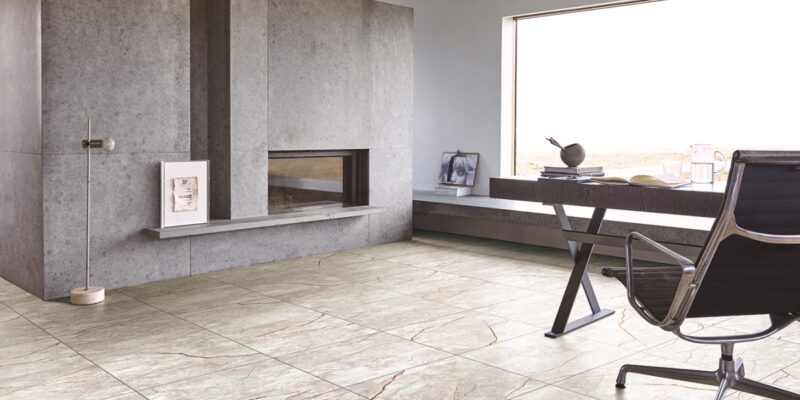
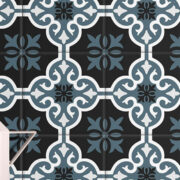
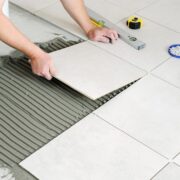
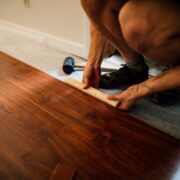
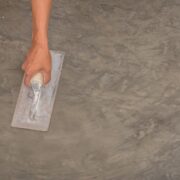
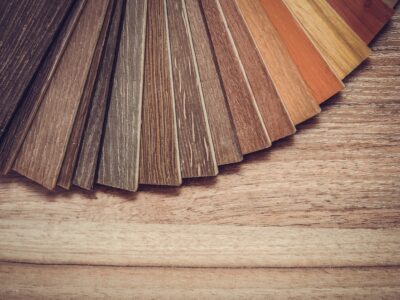
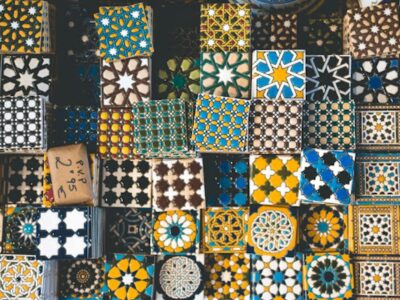
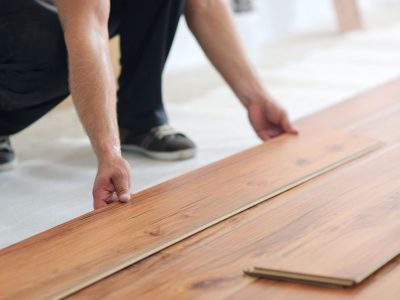
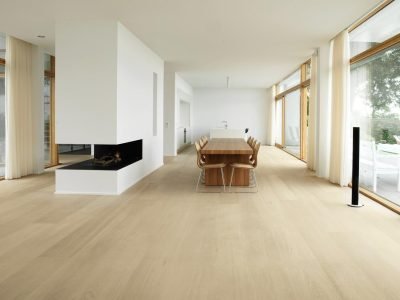


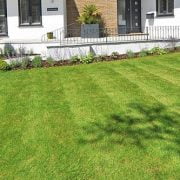

Comments